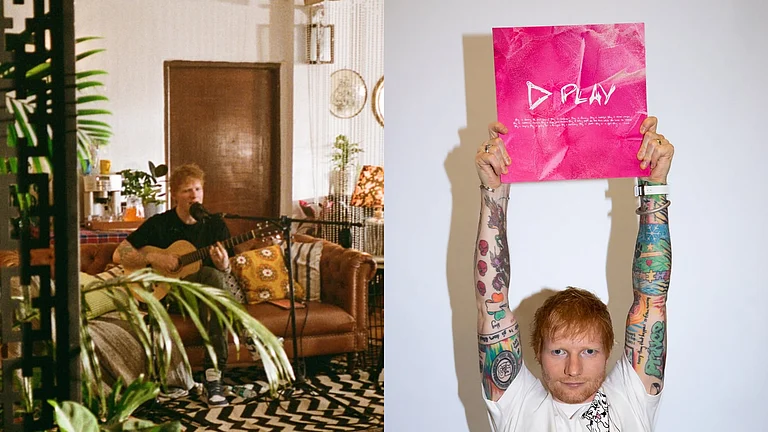She’s dancing, serenaded by a man and his sidekicks. The stage’s strobe lights shine blindingly on her clingy golden micro outfit. She moves to jump on his lap and is thrust up and down by his right arm. They then move to centrestage as she is held aloft in his arms. Nothing amiss in this routine item number, you would presume. But it just so happens that the girl looks about seven and the man she is dancing with is at least forty. This was a reality dance show for children on Zee Telugu, Aata.
Such was the outrage generated by this programme that the Andhra Pradesh State Human Rights Commission (APSHRC) called for it to be pulled off the air in June 2010. Justifying the decision, apshrc chairperson B. Subhashan Reddy had said, “Children of this tender age dressed so differently, it’s unacceptable. The surroundings itself are not good for them, the sets, people, their comments. The girls are tossed up, hugged, cuddled, kissed and then nasty comments are passed. This is absolutely objectionable and indecent.”
It’s not just Aata, a host of other children’s reality shows also have child counsellors worried, with good reason. Anuja Gupta of RAHI Foundation says, “They are highly disturbing, more so because they have a role in creating a culture where sexual abuse is not only tolerated but also supported and condoned.”
Shelja Sen, a New Delhi-based child psychologist and family therapist with Children First, adds, “It’s unbearable, the way they make kids dress and move. Yet, there’s nobody to question them. I don’t understand what’s happening here.”
Indeed, reality shows have created their own universe of little kids all dolled up, with their precocious come-hither postures, adult dancer dresses, and all this while being pushed by proud parents. In a generation where puberty is setting in at a much earlier age (around 9 for girls, 11 for boys), these can assume dangerous contours, especially when there’s not enough knowledge and support from parents to process this premature exposure to sexuality. Access to the internet has complicated matters further. “I have had cases where I find girls as young as nine spending most of their time in front of the mirror, obsessing over their looks, and looking up sites online on how to lose weight and talking about thigh gaps,” says Shelja.
In the west, even risque advertisements with children often raise a furore. One such was when the French brand Jours apres Lunes featured little girls in lingerie that it described as “loungerie”. There have also been instances of children being thrust onto ramps with fake breasts and sexy lingerie, posing seductively as adults. The same process of objectification has begun in India.


























